‘I will call this a KKK meeting’, he announced, triumphantly. Perhaps seeing my bewilderment, my garrulous Moroccan host pointed to wall-hangings of verses from the Koran, the kippa (skull cap) on my head and the cous-cous (kous-kous?) on the table. ‘This is real dialogue – a KKK moment’, he chortled. I don’t know how Klansmen would have assessed our meeting, or the enthusiasm for Morocco to develop both diplomatic ties and an open, overt economic and political relationship with Israel. Or the Muslims and Jews collaborating, in Rabat, Morocco’s capital. But from the response my host received to a Facebook posting of our late afternoon lunch, many Moroccans seemed to approve. Although Morocco had once been home to hundreds of thousands of Jewish people, our host told me his mother, who refused to leave the kitchen while I was in the house, had never before met a Jew. Generously, she acknowledged that we appeared to be no different to any other humans . . .
Marrakech is, to quote my travelling companion, ridiculously photogenic. The lovely market square, the historic ruins, the gardens, museums and street scenes are a visual delight. Even the large, old Jewish cemetery was clean, well-maintained and, apparently, received regular visitors. When there, we were given a map dotted with symbols telling us where synagogues once stood, and directed to the pretty Jewish centre which serves the tiny remainder of the community and the steady tourist trade. I was interested in visiting Muslim religious sites too, but was told by our French expatriate hostess that only Muslims where allowed in that city’s mosques.
In every Moroccan city I visited, cats were everywhere. Generally looking well-fed and well-tolerated. In Essaouira, a beautiful seaside town, they seemed to take up every third seat in the open air cafés, enjoying a symbiotic relationship with the over-friendly seagulls. The only place cats seemed to be absent were the historic cemeteries, which seemed to be the preserve of suspicious, passive-aggressive packs of dogs. The synagogue, on the other hand, was the preserve of the dynamic, enthusiastic, wonderful Esther, who ensures that every visitor arrives with a welcome and leaves with an education about her synagogue, city and country.
‘This is the Hamsa. This is the Hand of Fatima. This is (hesitation – a look into my eyes as a clue of what to say next) a star’. The ‘star’ was the six pointed symbol of Judaism, and was part of a vast selection of Jewish jewellery and artefacts available in shops and stores in many cities and villages. The shopkeeper’s attitude wasn’t unusual – as the Jewish non-presence in Morocco is a problem vexing the country. Another vexing issue is that of the understanding of the place of Almazigh (also known as Berbers). Prior to Muslim Arab imperialism and colonisation, this had been Almazigh land, and there is a renaissance of Almazigh revanchism across North Africa. The Moroccans I discussed this with were universally adamant that Moroccan identity is both Arab and Almazigh, that many Moroccans have mixed heritage, and that the integrity of the state cannot be allowed to be threatened by people who misunderstand and misuse ethno-nationalism.
My hosts in Tangier were amazing young leaders I had met at the Muslim Jewish Conference in Berlin in 2015. One of them told me of the harassment and bullying she had received when it was revealed she had befriended not just Jews but Israelis. Committed, dedicated Muslims, they were determined to do what they knew in their hearts to be right, even if it meant difficulties with friends and family.
When diners in a restaurant have tears in their eyes – and the cause is neither spicy nor terrible cuisine – you know you are witnessing something special. I had been invited to talk about Judaism and Interfaith Dialogue to the Mimouna Association, a group of young, brilliant, high-achieving Moroccans who want Muslim Morocco to know about, and celebrate, the Jewish part of its history and identity. After a wonderful inquisition, with consistently intelligent and probing questions and discussions on everything from Australian history to the interior design of Indonesian mosques, first one, then others, of the group started singing Jewish songs, with angelic voices and a passion which was infectious. Although ours was a private gathering, at the end of the singing we had applause, and looked around to see other diners moved to tears by the performers, and the past the music evoked.
The Moroccans’ disdain for two groups of people was palpable – establishment party politicians and Algerians. At the time of my visit, the parliament was deadlocked, as the Monarch-nominated Prime Minister-designate had not been able to cobble together a coalition – a situation which dragged on for half a year. The King was often spoken of, fondly, as a counter-balance to ineffectual MPs, for his leading role in having his country re-engaged with the African Union and for his unconventional sense of fashion. The Algerian government are viewed as cynical manipulators of the Western Sahara situation and as jealous inferiors; spoken of the way Borat speaks of Uzbeks.
Wherever I wandered, my red and green South Sydney scarf was taken as a sign that I was a friend of the country with its red and green flag. Although more Rabbitoh than Rabat-ish, I am a friend, and as I continue my global engagement with Muslims, am impressed and heartened by the genuine attempt to resist an Islam which opposes the world and to promote an Islam at peace with non-Muslims and with itself.
Got something to add? Join the discussion and comment below.
Get 10 issues for just $10
Subscribe to The Spectator Australia today for the next 10 magazine issues, plus full online access, for just $10.
You might disagree with half of it, but you’ll enjoy reading all of it. Try your first month for free, then just $2 a week for the remainder of your first year.

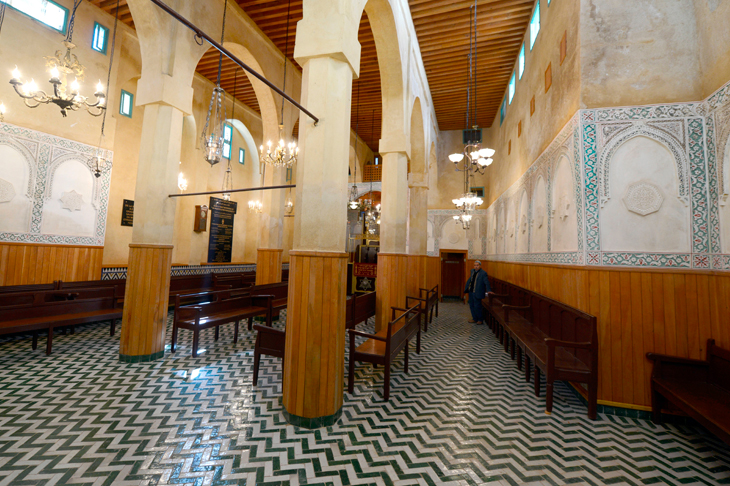
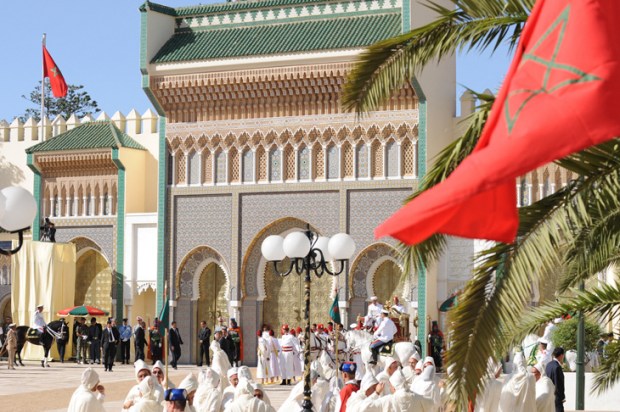
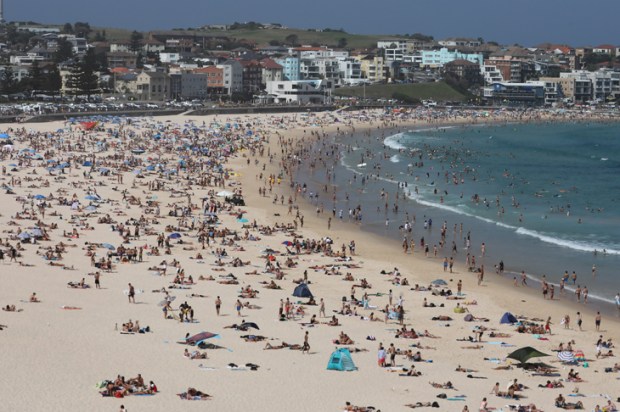
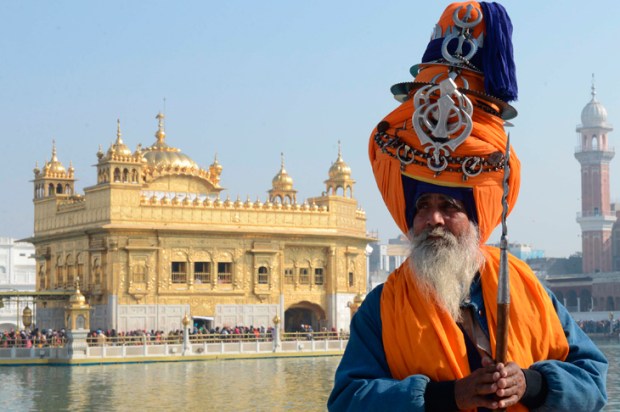
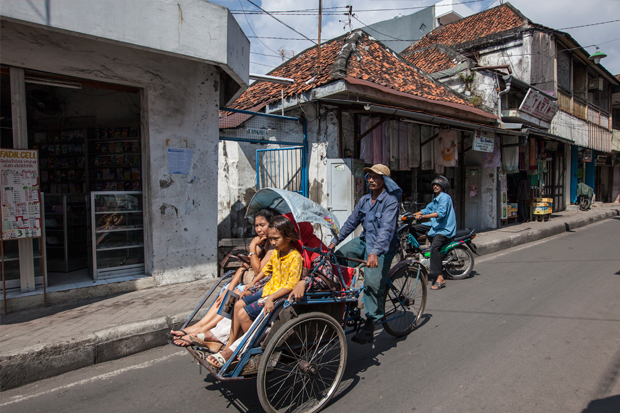
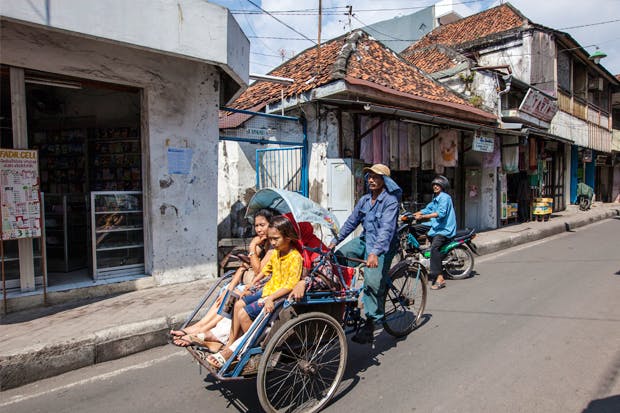
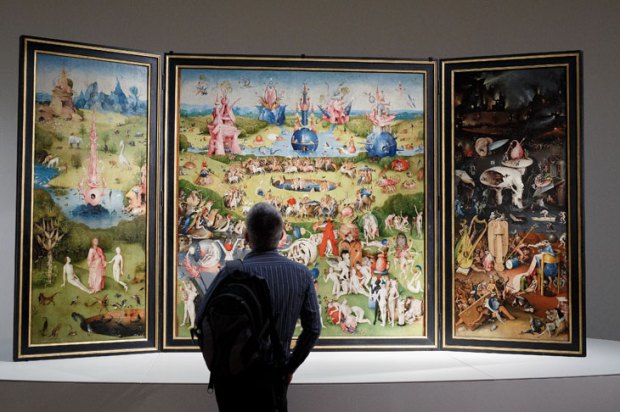






Comments
Don't miss out
Join the conversation with other Spectator Australia readers. Subscribe to leave a comment.
SUBSCRIBEAlready a subscriber? Log in